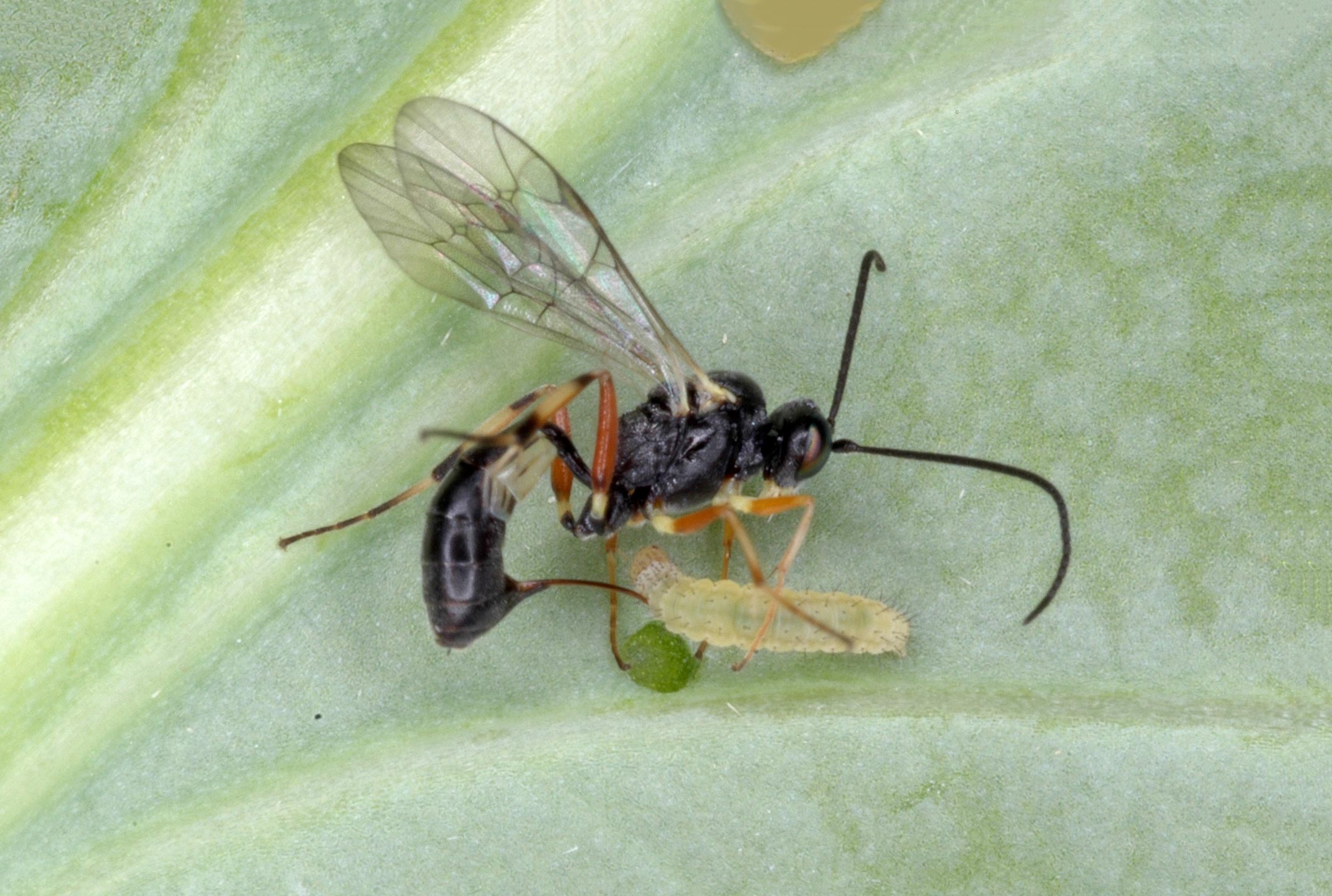

This pest gets its common name from the white, cottony secretion it produces. In 1868 the cottony-cushion scale, Icerya purchasi Maskell, was discovered in the new citrus industry in California. There is no single “model” for whether or how biological control will work, but listed below are four examples that provide an idea of the value of biological control and hopefully provide inspiration for its future potential. It is also noteworthy that biological control has worked across different agricultural and landscape systems and with different types of pest species and natural enemies. In other cases, biological control has occurred but without a documented, deliberate intervention, while in other cases continuous releases are needed to suppress pest populations. Sometimes such approaches have had spectacular success, as exemplified by the cottony-cushion scale project in which an introduction of a natural enemy over a century ago continues to pay dividends today. This approach has been most successful in situations in which an organism moves or has been transported to a new environment, usually without the natural enemies that have regulated its population and prevented major outbreaks.

One approach to biological control has been termed “classical biological control” it involves the discovery, importation, and establishment of exotic natural enemies with the hope that they will suppress a particular organism’s population. Biological control has been defined simply as the utilization of natural enemies to reduce the damage caused by noxious organisms to tolerable levels (DeBach and Rosen, 1991).


 0 kommentar(er)
0 kommentar(er)
